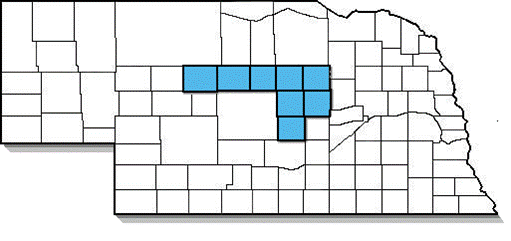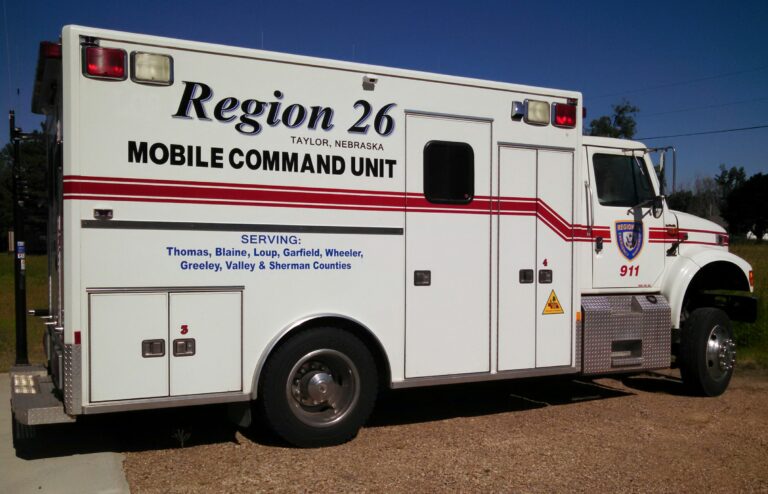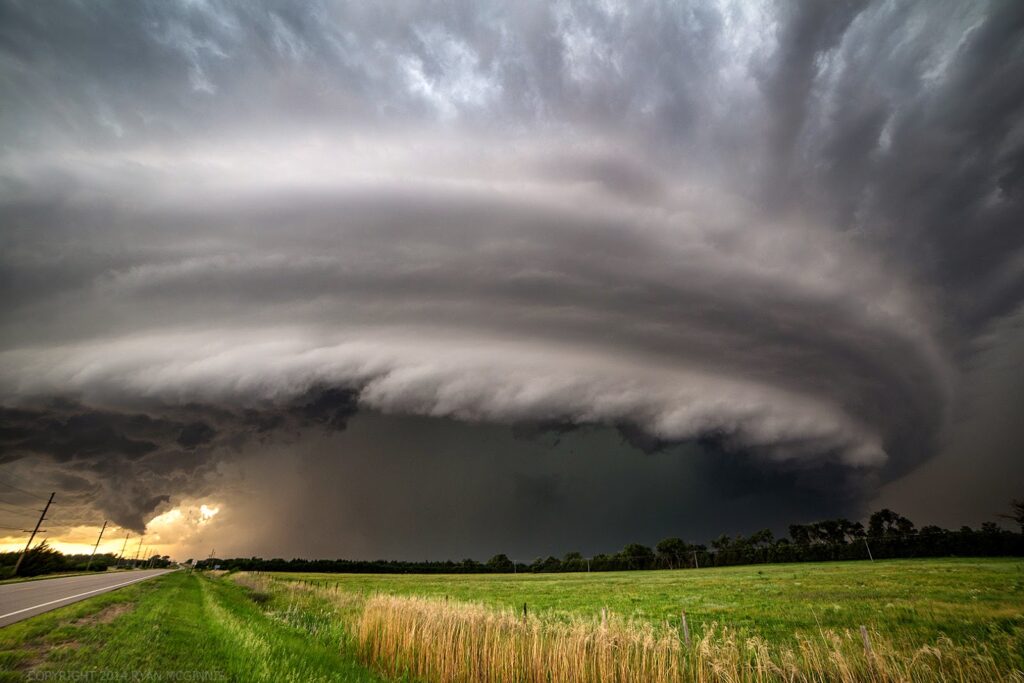Our Mission:
The mission of the Region 26 Emergency Management Program is to provide unified and comprehensive emergency management services necessary to protect the lives and property of the citizens of Thomas, Blaine, Loup, Garfield, Wheeler, Valley, Greeley and Sherman Counties by analyzing the hazards, assessing the capabilities, planning for potential events with response, recovery and finally to be able to mitigate against any potential disasters.

Our Purpose:
The purpose of Emergency Management is to support and/or execute the following areas:
- Mitigation: The capabilities necessary to reduce loss of life and property by lessening the impact of disasters.
- Prevention: The capabilities necessary to avoid, prevent or stop a threatened or actual act of terrorism. As defined by Presidential Policy Directive-8 (PPD-8), the term “prevention” refers to preventing imminent threats.
- Protection: The capabilities necessary to secure the homeland against acts of terrorism and human-caused or natural disasters.
- Recovery: The capabilities necessary to assist communities affected by an incident to recover effectively
- Response: The capabilities necessary to save lives, protect property and the environment and meet basic human needs after an incident has occurred.
Purpose and Function of the Emergency Operations Center (EOC)
The EOC is designed to coordinate and manage response and recovery operations during a disaster or other declared emergency. It is equipped to serve as the seat of city and/or county government as needed. It provides work space for key government, private sector and volunteer personnel. Operation of the EOC strictly adheres to the Incident Command Structure (ICS) and follows the standardized protocol of the National Incident Management System (NIMS).
The EOC can be activated for situations other than major disasters. Most often, an activation is triggered by severe weather. The EOC is the coordinating mechanism for storm spotting operations and severe weather tracking to provide timely information and necessary warnings. During these events, the EOC is staffed or close communication with representatives of the agencies charged with these responsibilities.


Emergency Management Responsibilities:
- Providing disaster public education and information for preparedness and response planning
- Planning and conducting preparedness, response and recovery training exercises
- Planning and preparing for continuity of operations during disasters and declared emergencies
- Facilitate training storm spotters and coordinating severe weather warning operations
- Exercise, evaluate and create actions plans
- Hazard mitigation
- Logistics and facilities
- Operations and procedures
- Resource management
- Threat and hazard analysis
- Facilitate and provide training
- Debris Management
- Local Emergency Operations Planning (LEOP)
- Local Emergency Planning Committee (LEPC)
Emergency Management during a disaster or emergency:
- Communication, warning and mass notification
- Emergency public information
- Resources for Health and medical services
- Information collection, analysis and dissemination
- Mass care and emergency assistance
- Public protection
- Open Emergency Operations Center (EOC)
- Resource Management





